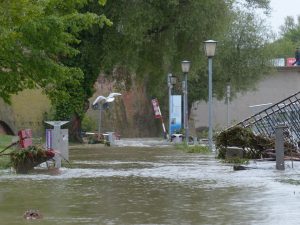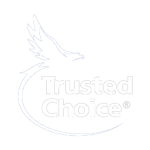 Courtesy of iii.org
Courtesy of iii.org
Cleaning up after a flood can pose health risks. You and your family should wait to re-enter your home until professionals tell you it is safe, with no structural, electrical or other hazards.
Before you start cleanup activities, contact your insurance company and take pictures of the home and your belongings. Remember, drying your home and removing water-damaged items is your most important step for preventing mold damage.
If your house has been flooded and you were not able to dry your home (including furniture and other items) within 24 48 hours, you should assume you have mold growth. You may see or smell mold on clothing, drywall, furniture, cardboard boxes, or books, but it may also be hidden under or behind items like carpet, cushions, or walls.
Exposure to mold can lead to asthma attacks, eye and skin irritation, and allergic reactions. It can lead to severe infections in people with weakened immune systems, so it is important to ensure the mold cleanup is complete before reoccupying your home.
Keep in mind that standard home owners insurance policies typically exclude damage caused by mold, fungi and bacteria, unless it results from a covered peril, such as a burst pipe.
For more information, download the Homeowners and Renters Guide to Mold Cleanup After Disasters, created by the Centers for Disease Control and Prevention (CDC) and a coalition of federal agencies.
Please click on the file name below to view the article in PDF format. You will need Adobe Acrobat Reader to view the file.
Download homeowners_and_renters_guide_june_24_2015.pdf
You can download Adobe Acrobat Reader, free of charge, from the Adobe website (https://www.adobe.com/products/acrobat/readstep.html).



